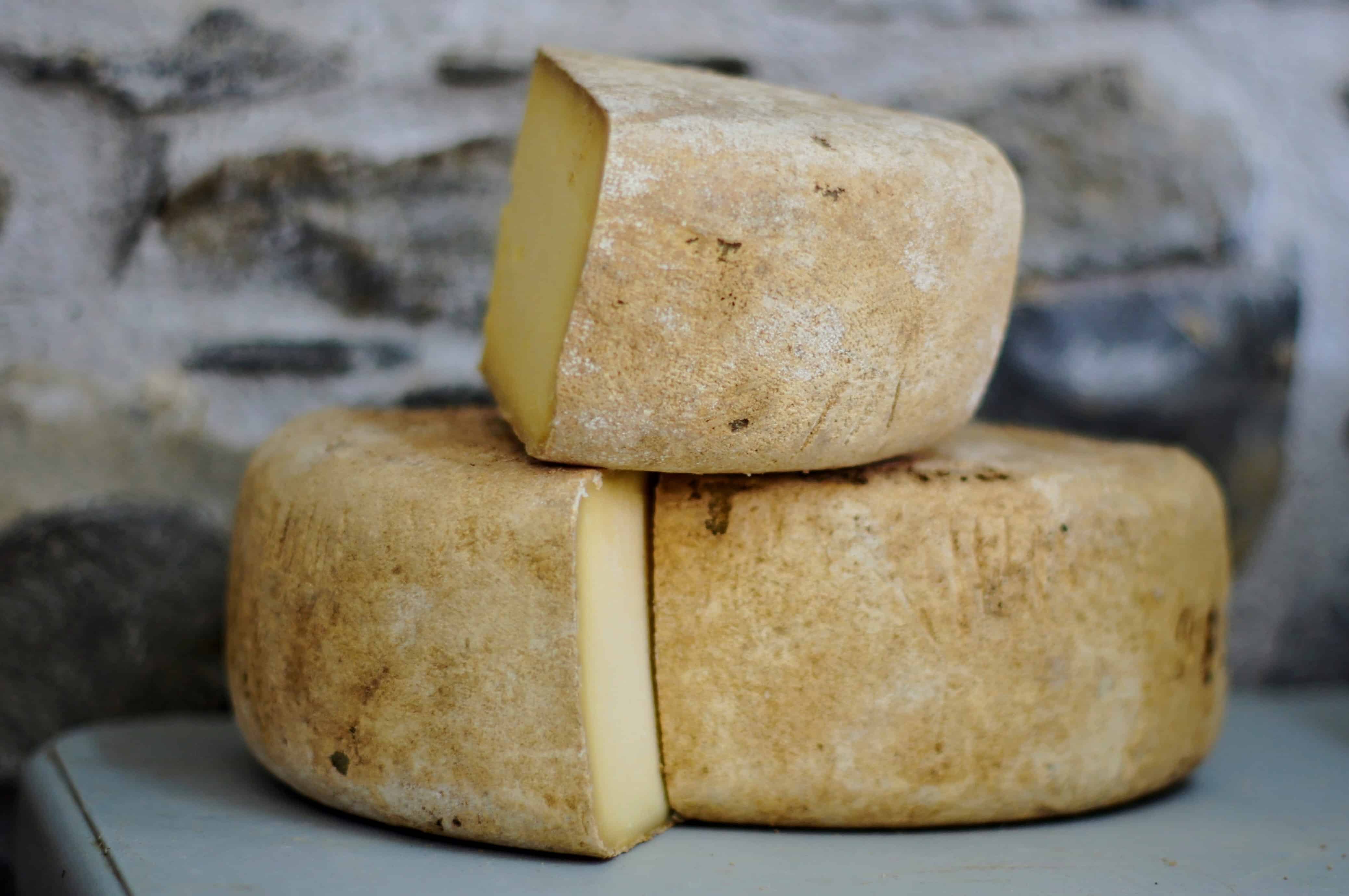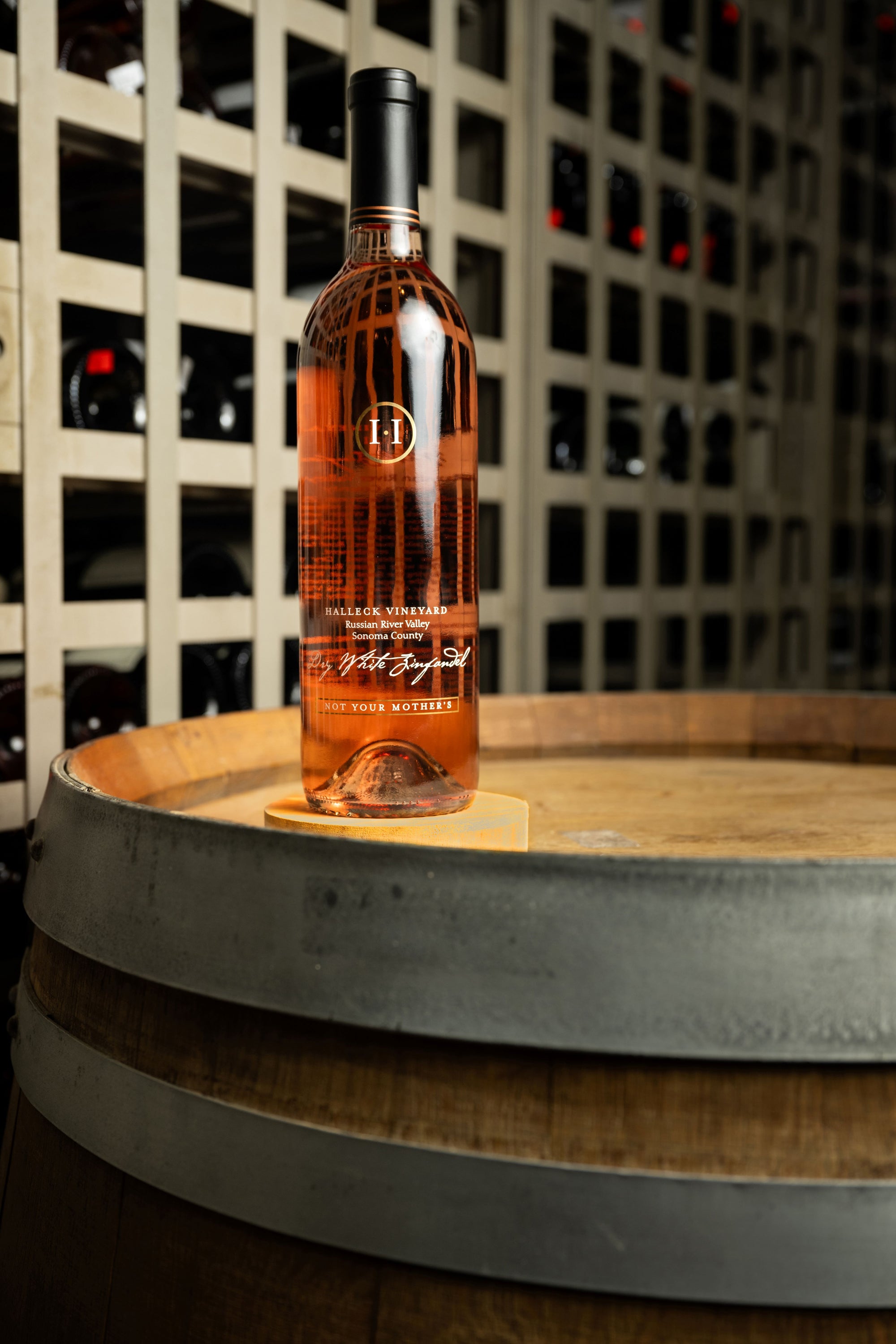Wineries With Picnic Areas - Exploring Sonoma's Wine Landscape
Wineries With Picnic Areas - Exploring Sonoma's Wine Landscape
Blog Article
Wineries With Locally Sourced Food Options - Sonoma Wine Tasting Recommendations
Wine tasting is an art that mixes sensory experience with an appreciation for the nuances of various varietals. How to gauge flavors in winery wine tasting periods is pivotal to greedy the complexities of wine.
Engaging in a wine tasting involves greater than merely sipping and savoring. It requires a centered method to determine aromas and flavors that each wine presents. As you begin, observe the wine's appearance, noting its color and readability. These visual cues typically counsel a wine’s age, grape selection, and even potential flavor profiles.
The next step within the tasting process is to swirl the wine in your glass. This action releases fragrant compounds which might be very important for evaluation. Lean in and take a second to inhale deeply; the aromas can range from floral and fruity to spicy and earthy. The nose of the wine is just as important because the palate, and recognizing scents performs a big position in understanding the overall experience.
When taking your first sip, enable the wine to move across your palate - Wineries Producing Pinot Noir And Chardonnay. Notice the initial flavors that present themselves. Is the wine fruity, floral, or perhaps herbaceous? This preliminary style offers perception into what the wine is more likely to specific as you proceed to judge it. The mouthfeel additionally contributes to the general flavor experience; it can be silky, tannic, or even effervescent.
Wine Tasting Trails In Sonoma Valley - Sonoma Wine Country Wineries To Explore
As you proceed tasting, pay consideration to the wine’s steadiness. A well-balanced wine will harmonize acidity, sweetness, and tannins. If one part overwhelms the others, it would indicate a much less desirable quality. Evaluating balance can help you identify how properly the wine may pair with food.
Transitioning to the finish, consider how the flavors evolve as the wine lingers on your palate. A long, nice end can point out a high-quality wine, whereas a brief or abrupt finish might suggest otherwise. Reflect on whether the flavors stay constant or if new notes emerge as the wine settles. This progression can reveal complexities and intricacies which may not have been apparent within the preliminary tasting.
Temperature can additionally be an important consider evaluating wine flavors. Completely Different kinds of wine are optimally loved at specific temperatures. White wines typically shine when chilled, while red wines typically perform greatest at room temperature. When tasting, make positive the wine is at the appropriate temperature to completely recognize its character.
Exclusive Wine Clubs In Sonoma - Enjoying A Vineyard In Sonoma
Pairing food with wine can significantly improve the tasting experience. Meals can affect the notion of flavors in wine, either highlighting sure characteristics or diminishing them. When evaluating flavors, think about how the wine interacts with completely different meals, noticing which flavors are amplified or muted (Vineyard Tours With Guided Tastings In Sonoma).

Consider the affect of terroir as you interact in a winery tasting. Terroir encompasses the distinctive environmental elements that affect grape rising, including soil composition, climate, and geography. Understanding a wine's terroir can present perception into its flavors and aromas, fostering a deeper appreciation for the choices made throughout its cultivation and production.
Education performs a fundamental function in enhancing one's ability to judge wine flavors. Learning about grape varieties, wine areas, and production strategies can pave the way for more knowledgeable judgments during tastings. Additionally, attending workshops or classes can refine sensory skills and broaden your flavor vocabulary, enabling you to articulate tasting notes more successfully.
Finally, it is essential to keep in thoughts that evaluating wine flavors is a extremely personal experience. Particular Person preferences and perceptions will invariably form one’s tasting journey. Enjoyment must be at the forefront, with the evaluation process appearing as a device to boost understanding and appreciation rather than create rigid tips.
Family Friendly Wineries With Outdoor Spaces - Wineries To Explore In Sonoma Valley
In conclusion, mastering the method to consider flavors in winery wine tasting sessions includes a mixture of sensory engagement, knowledge, and practice. By learning to determine aromas, assess the steadiness, and recognize the intricacies of flavor, wine enthusiasts can deepen their connection to each bottle they encounter. As with any art form, the extra one immerses themselves within the experience, the extra they will discover and enjoy the vast world of wine.
- Begin by observing the wine's colour and readability, as these visible components can trace at its flavor profile and aging potential.
- Swirl the wine gently in your glass; this releases aromatic compounds, allowing you to better identify the complex scents associated with the wine.
- Take a deep inhale before tasting, focusing on both main and secondary aromas to collect insights on fruits, spices, and different nuances.
- When tasting, permit the wine to coat your palate; note the initial flavors, the mid-palate complexity, and the finish as these levels can provide totally different flavor highlights.
- Pay attention to texture and mouthfeel, as elements similar to tannin levels, acidity, and sweetness contribute significantly to the overall tasting experience.
- Compare flavors against commonplace wine traits; for red wines, consider berry notes, oak affect, and natural tones, whereas whites might embrace citrus, stone fruits, and floral hints.
- Take notes in the course of the tasting session to trace your impressions, helping you to remember and evaluate the completely different wines sampled.
- Focus On your findings with fellow tasters or winery employees, as sharing insights can enhance understanding and appreciation of individual flavors.
- Allow time for the wine to breathe; generally, flavors evolve and reveal new dimensions after being uncovered to air.
- Experiment with food pairings through the tasting as they will dramatically alter how flavors are perceived, influencing overall enjoyment.undefinedWhat ought to I search for when evaluating the aroma of wine during a tasting?
Start by swirling the wine in your glass to release its aromas. Deliver the glass to your nostril and take a deep breath. Pay this page attention to the primary scents you detect, as these are sometimes probably the most prominent. Look for fruit, floral, herbal, or earthy notes and attempt to establish specific traits, which is ready to deepen your understanding of the wine's complexity.
Vintage Wine Tasting Experiences In Sebastopol - Sonoma Wine Tasting Adventures

How can I distinguish between completely different flavor profiles in wine?
Perceive that flavor profiles are often categorized as fruit, floral, herbaceous, spicy, or mineral. Take small sips and permit the wine to coat your palate. Notice the primary flavors that emerge first and the delicate notes that observe. This layering is important in distinguishing the wine's characteristics and can help you recognize its unique profile.
Wineries That Offer Barrel Tastings - Celebrated Wineries Around Sebastopol
What is the importance of the wine's texture in a tasting?

The texture of the wine, also referred to as mouthfeel, performs a crucial function in how we perceive flavors. Pay attention as to whether the wine feels easy, creamy, or gritty. The body of the wine (light, medium, or full) can improve or distinction with flavors, providing a extra rounded experience during tasting.
How do I assess the stability of flavors in wine?
Steadiness in wine refers to the concord between acidity, sweetness, tannin, and alcohol. Take a second to assess whether or not these components complement or interfere with each other. A well-balanced wine could have none of its components overpowering the others, creating a pleasing tasting experience.
Cultural Wine Experiences In Sonoma County - The Charm Of Sonoma Wineries
What function does temperature play in evaluating wine flavors?
Temperature can significantly impression the perception of flavors. Typically, red wines are finest served slightly beneath room temperature, while white wines get pleasure from being chilled. As the temperature changes, the aromas and flavors can shift, permitting you to perceive totally different characteristics. It’s essential to style wine at its optimal temperature for true analysis.
Wineries With Outdoor Seating - Sonoma’s Lush Vineyard Landscapes
How can I improve my check these guys out tasting skills over time?
Practice is vital to bettering your tasting skills. Vineyard Tours With Guided Tastings In Sonoma. Attend tastings, maintain a journal of your experiences, and discover different varieties of wines to broaden your palate. Moreover, learning about wine manufacturing and grape varieties can present context that enhances your evaluation course of, making you a extra informed taster.
Is there a selected order during which I should taste the wines?
Wineries With Picnic Areas - Sonoma’s Lush Vineyard Landscapes
Sure, it’s advisable to style wines from light to full-bodied and dry to sweet. This development prevents the stronger flavors from overshadowing the extra delicate ones, allowing you to completely appreciate each wine's traits and nuances with out palate fatigue.
How can I evaluate the aftertaste of wine?
Charming Wineries Offering Wine And Food Pairings - Sonoma's Hidden Winery Gems
The aftertaste, or finish, is an important aspect of the wine-tasting experience. After swallowing, take note of how long the flavors linger on your palate and whether they change. A long, pleasant end is commonly an indicator of a high-quality wine, whereas a brief or unpleasant end could counsel in any other case.
Why is it necessary to notice the wine’s acidity throughout tasting?
Acidity contributes to the general freshness and structure of the wine. Pay attention to the tingling sensation on your tongue; higher acidity can enhance the wine's liveliness and steadiness out sweetness. Noting acidity helps decide the wine's versatility with food and its getting older potential.
What ought to I do if I wrestle to identify specific flavors in wine?
Wineries With Scenic Views - Wine Tours And Tastings In Sebastopol
Struggling to establish flavors is common, especially for beginners. Focus on broader categories and describe what you'll have the ability to acknowledge, similar to candy or earthy notes. With practice, reading about completely different flavor profiles, and perhaps using flavor wheels, you may refine your senses and develop a extra nuanced method to tasting. Report this page